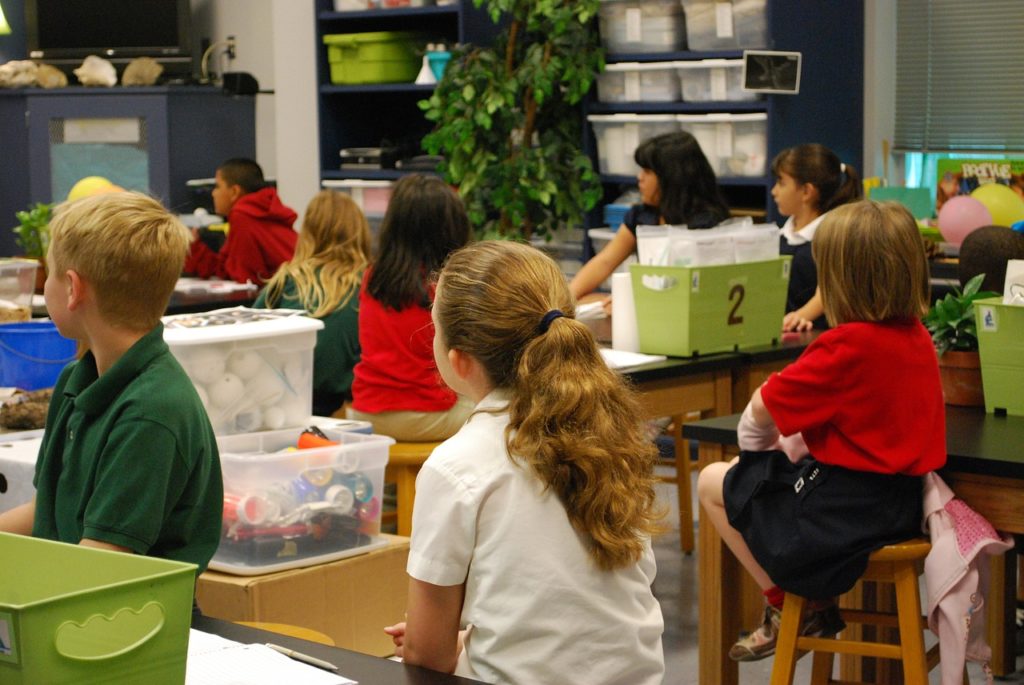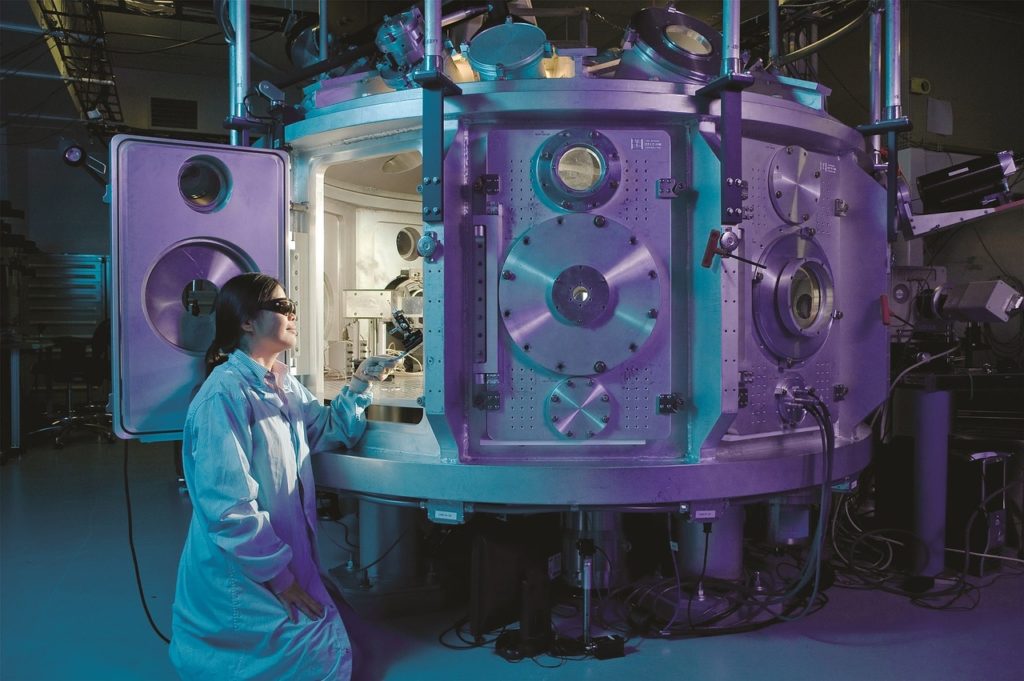Why Are There So Few Women In Science Careers?
Every child is born with an innate curiosity about the world around them. Whether they are one of those kids who forever responds with a ‘why’ to every answer, a child who loves nothing more than picking up creepy crawlies or an infant who adores staring up at the stars, young people are born with a natural scientific instinct. Science is, in essence, the discipline of exploring, theorising and questioning: this is exactly what a child does best – boys and girls alike. However, something shifts as they grow older. Boys are more like to study science at university, and the innate curiosity that once flourished for girls seems to fall by the wayside. Why is this and how do we combat it?
Ada Lovelace, Marie Curie and Caroline Herschel are three of many female scientists that many teenage girls haven’t heard of. These are the role models and historical figures that need to be pushed forward and studied within schools if girls are to reignite their passion for the sciences. Take a look at how we can begin to encourage the brightest female minds to enter the realm of science.

Stereotypes
There is still a far-reaching stigma attached to male and feminine roles within academia. Although we don’t like to admit it, many people think of girls entering the more creative and artistic fields and boys striding forward into the mathematical and scientific subjects. These old-fashioned views of academia still taint colleges, schools and universities today.
Even in popular culture such as TV shows like ‘The Simpsons’ or ‘Big Bang Theory’ we see scientists being shown as nerdy males. Any females that do enter a scientific field on these shows are depicted as oddballs and are not figures that young female viewers can aspire to be. How often do you see a good-looking, intelligent female scientist on a sitcom on TV? Never. Although we like to think we are breaking down stereotypical barriers, we are not going far enough.

Schools
Our education establishments play a pivotal role in enhancing a child’s self-esteem or crushing it. If a girl expresses an interest in biology or physics or chemistry, a decent teacher will harness this enthusiasm and do everything that they can to promote the study of science. In the same way as a child showing a particular talent for playing the piano is encouraged to take lessons, a teenage girl that can hypothesise and design experimental theorems should be encouraged to study science.
Sometimes an outing away from a school setting can allow a child to see a subject in a different environment. There are many residential school trips that put science firmly at the centre of their itinerary. Kids can visit planetariums, get to work in professional laboratories and have the opportunity to meet real-life female scientists. By talking to them and realising that they aren’t weird or nerdy, girls feel more comfortable pursuing science as a career.

Perception
In a world where we are forever striving to achieve equality and seeking an end to the gender pay gap, there is still a perception that men outperform women. Implicit bias means that men are often offered senior roles within laboratories over women and are paid more. As there are more men employed within the scientific industries, this bias will be hard to break.
Girls can perceive this ‘old boys club’ style ethos, and many choose not to enter this sphere. Instead, they will choose the more stereotypical career paths for women and perpetuate the Catch 22 that is male and female careers. This is not to say that these women won’t have a worthwhile career and flourish in their chosen field, but it will be at a great loss to science. Only when we break this cycle will we ever see a shift in mindset.
Funding for research and papers is a hotbed of competition. The males of our species are naturally more aggressive and in a climate that encourages this facet of their personality can succeed over their female counterparts who are pigeonholed into being less forthright and passionate. Although the brightest mind and better scientist may be a female one, it could easily be the louder male who wins the financial backing of a university or institution.
Science is still a heavily male dominated field. However, with the right encouragement from an early age and with a breaking down of gender stereotypes across the whole of society, we could see more women entering and revolutionising science.
